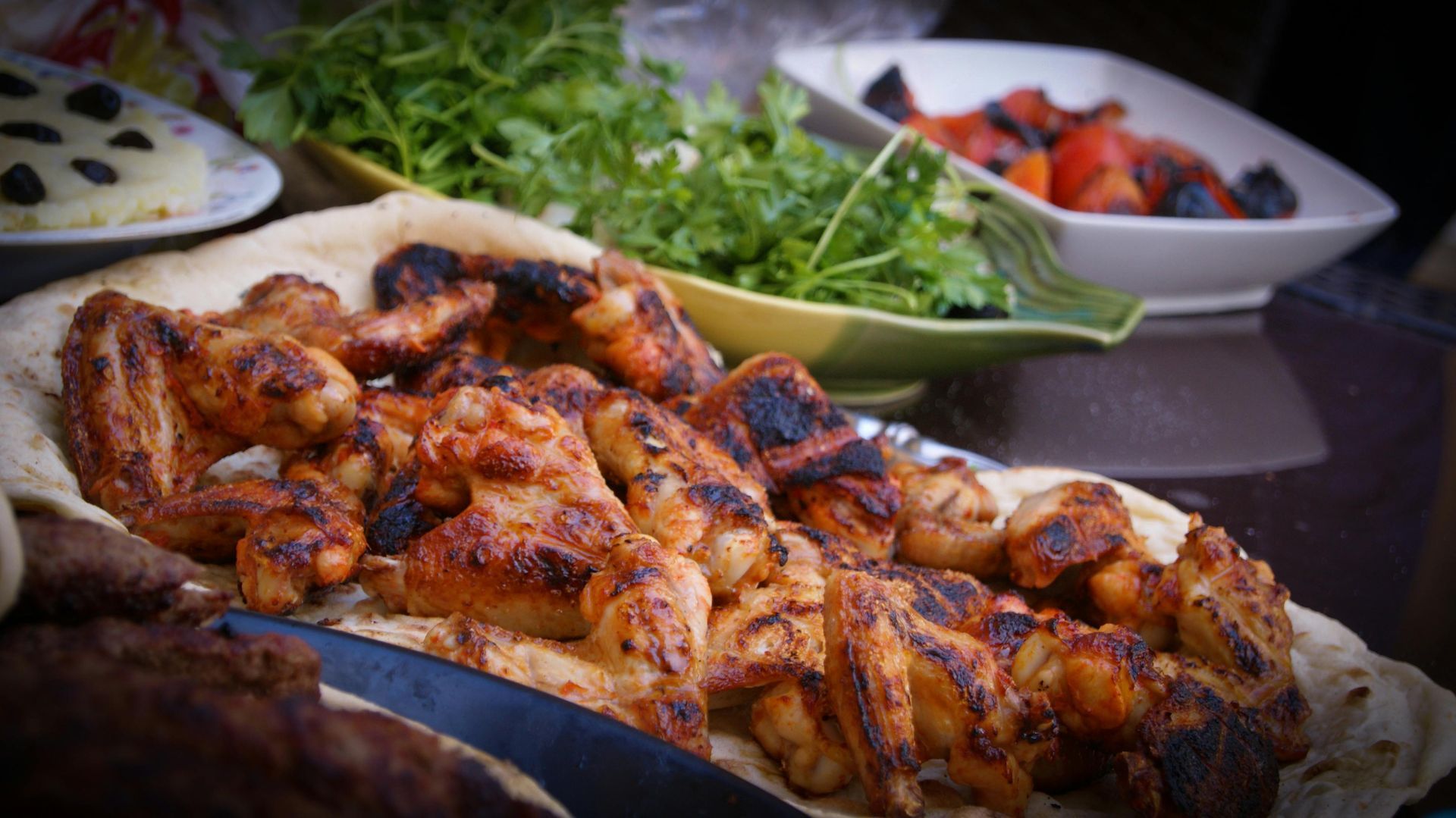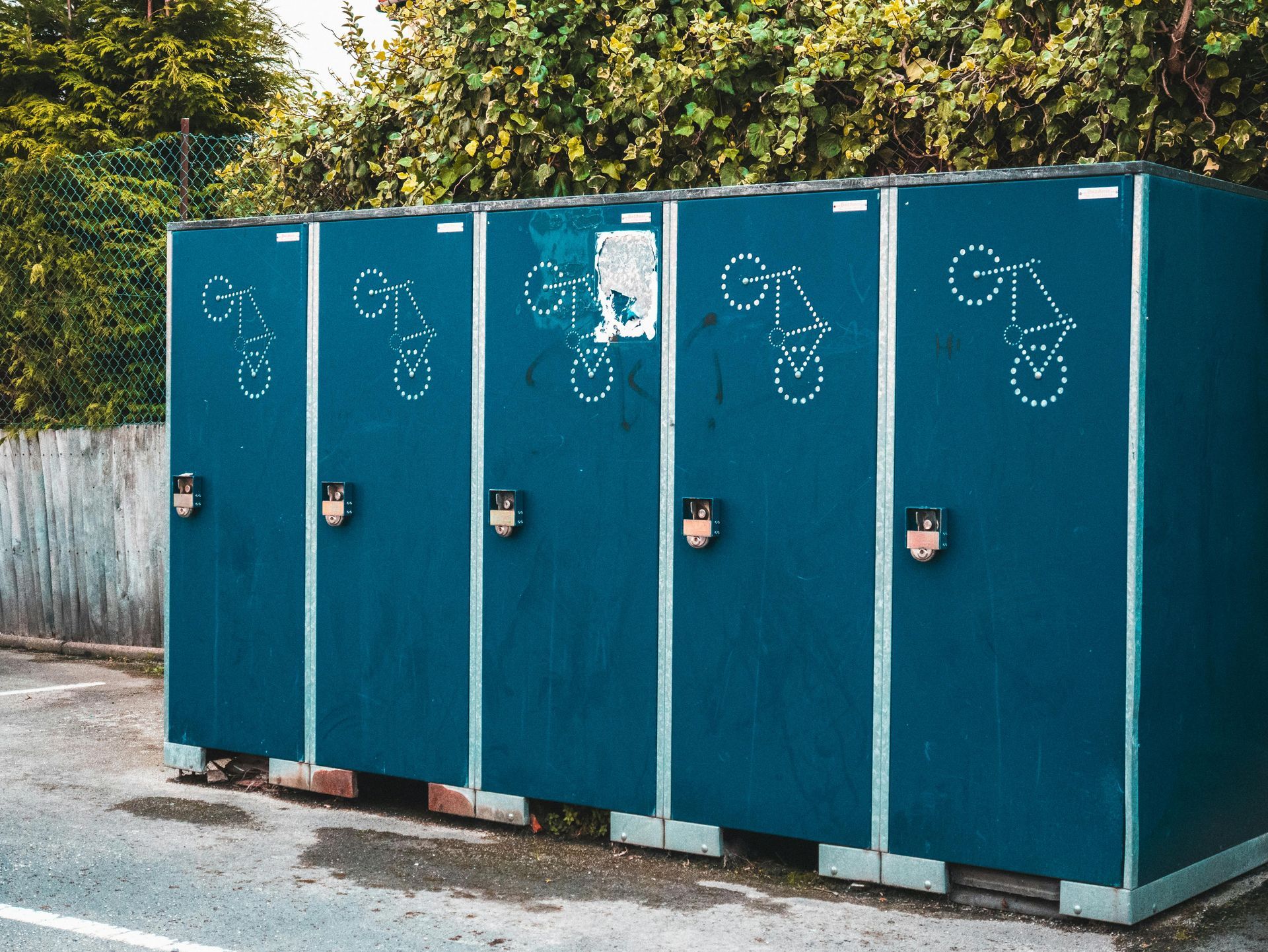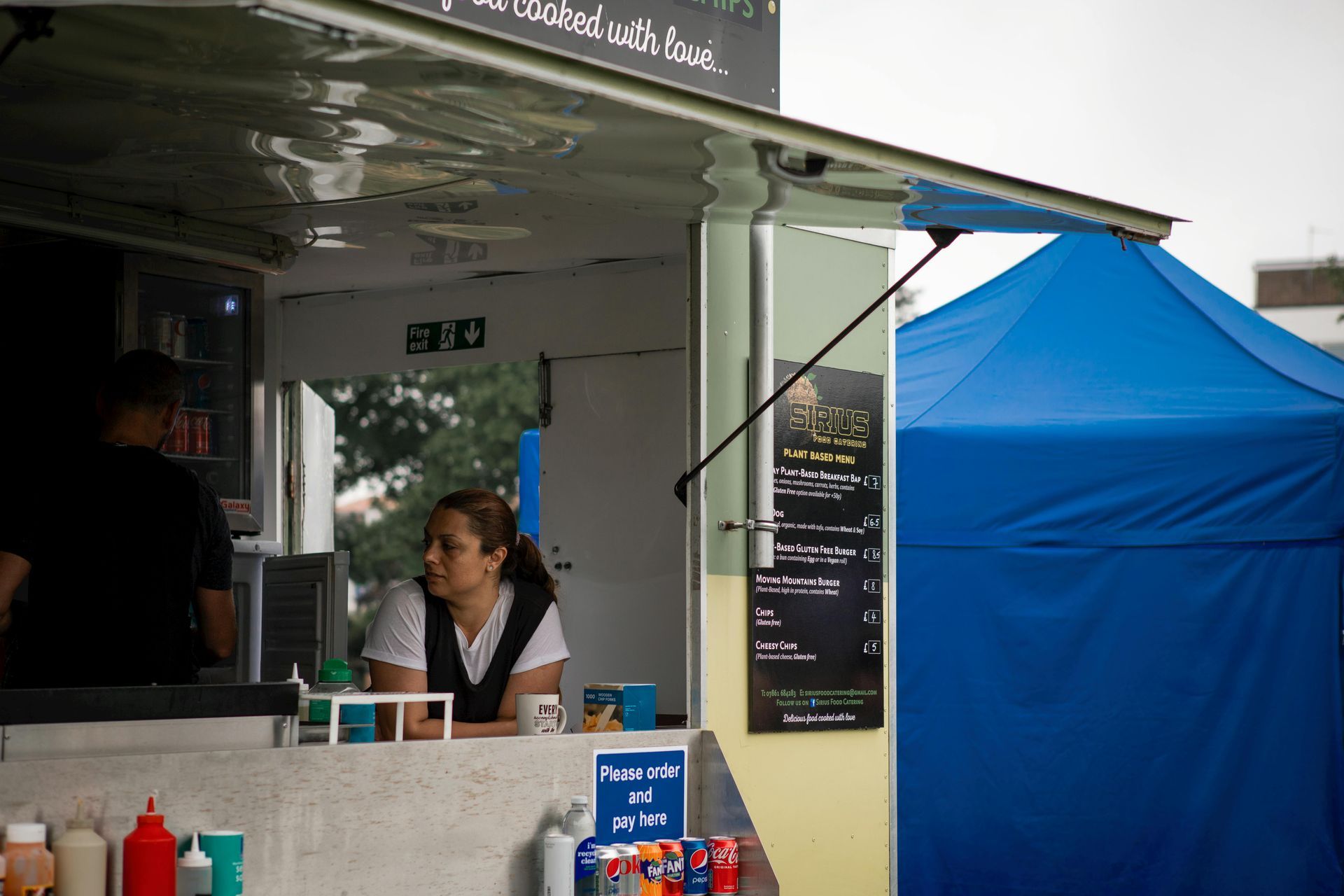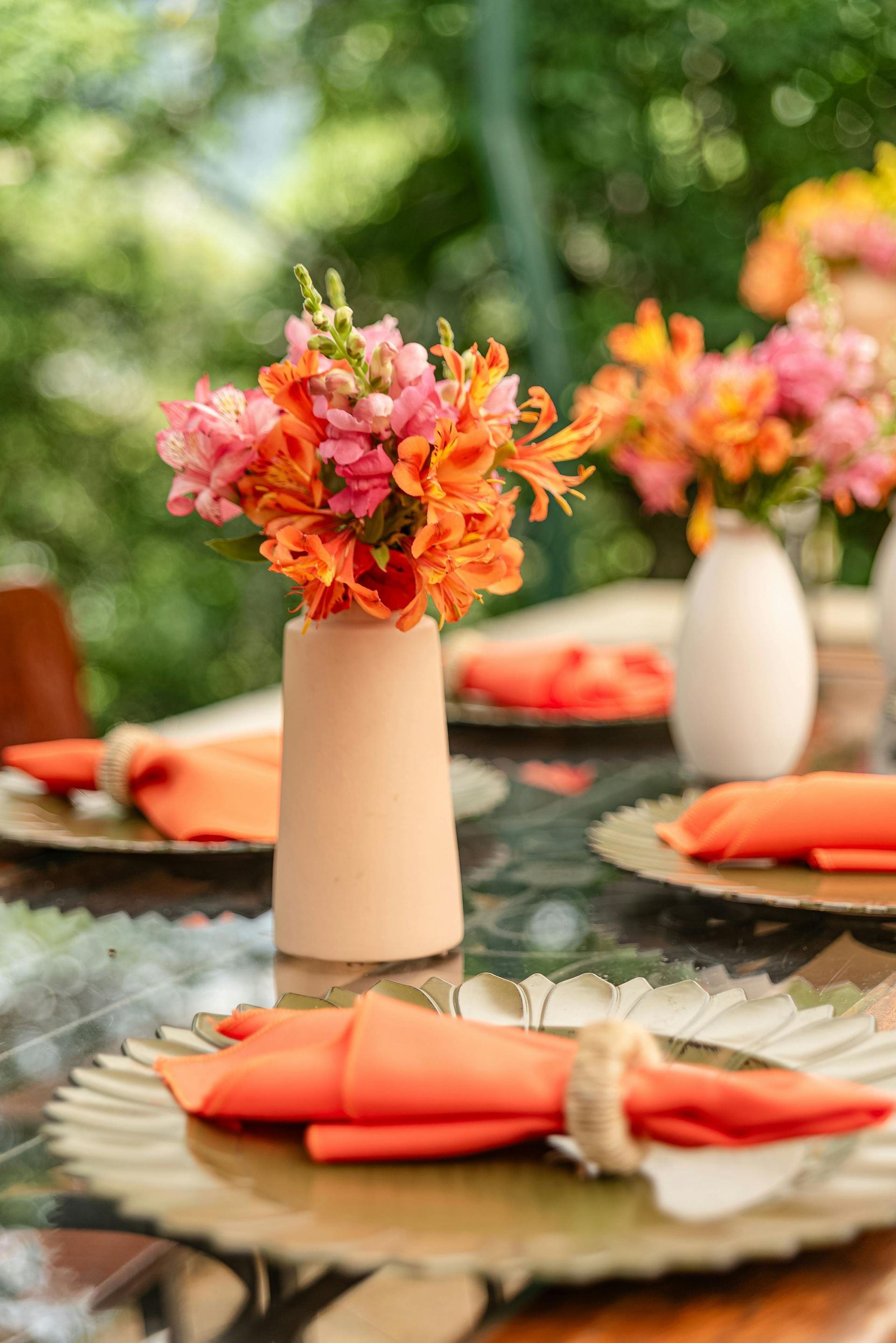HOW TO PLAN THE PERFECT OUTDOOR EVENT
Important Tips for Your Next Outdoor Event

How to Plan The Perfect Outdoor Event
Planning an outdoor event is equal parts creativity, logistics, and a little bit of weather-watching luck. Whether you’re throwing a backyard birthday bash, a family reunion at the park, or a full-scale community festival, the basics are the same: prepare for the unexpected, keep your guests comfortable, and give them something fun to remember.
As someone who’s spent over a decade planning gatherings, from intimate garden luncheons to massive outdoor concerts, I’ve seen the difference a bit of thoughtful preparation makes. The good news? Anyone can plan a great outdoor event with the right approach.
Start With Purpose and People
The very first step is deceptively simple: ask yourself why you’re gathering people and who you’re inviting. This will influence every decision—from location and food to entertainment.
- Family-centered events (like reunions or anniversaries) often benefit from shady seating, relaxed food options, and kid-friendly activities.
- Corporate events might need a sound system, presentations, and professional catering.
- Community or neighborhood events thrive on open layouts, entertainment options, and food trucks.
I once planned an anniversary party that the couple wanted to “feel like a picnic but elegant.” That influenced everything: we served upscale finger foods in picnic baskets, and added string lights under the trees. Knowing your purpose keeps you from renting a DJ for a quiet brunch or setting up bounce houses for retirees’ club night.
Picking the Right Location
Location is everything for an outdoor event. It doesn’t just set the vibe; it determines your logistics. When scouting locations, keep these in mind:
- Accessibility: Make sure it’s easy to reach for guests across age groups. A rustic mountainside sounds picturesque until your aunt with a walker has to climb gravel paths.
- Facilities: Bathrooms, water, and parking are non-negotiable. If you’re bringing your own portable equipment, know in advance what’s allowed.
- Capacity and noise levels: Public parks sometimes have noise ordinances or strict event size limits. Always check before booking.
A few years ago, I planned a 200-guest charity dinner under the stars. We chose a vineyard, which looked dreamy—but I didn’t realize the portable restroom company couldn’t get their trucks up the narrow access road. Lesson learned: location logistics matter just as much as aesthetics.
Always, Always Plan for Weather
If there’s one universal truth in outdoor event planning, it’s this: the weather will surprise you. Even in seasons that seem predictable, a sudden rain shower or gust of wind can change the entire plan.
- Have a Plan B: Whether it’s a tent on-site, an indoor pivot space, or a stockpile of umbrellas, don’t go in without backup.
- Think about shade: On sunny days, guests need shade from tents, canopies, or even pavilions to stay comfortable.
- Temperature control: Portable heaters work wonders for chilly nights, while fans and misting stations help in the summer.
I once hosted a spring wedding where the bride was convinced the forecast would hold. It didn’t. Thirty minutes before dinner, light rain turned into a downpour. Luckily, we had a clear-top tent set up “just in case,” and the guests ended up dancing under the sound of rain on the canvas—what could have been a disaster became the most romantic moment of the night.
Logistics That Matter
Behind every smooth outdoor event is a tangle of logistical details most guests never notice. Here are the big ones you should never overlook.
Permits and Insurance
Public spaces often require permits for gatherings, amplified sound, alcohol, or temporary structures. Don’t assume you can just show up. Event insurance is surprisingly affordable and covers accidents or weather-related losses.
Power and Lighting
If your event involves speakers, music, or lighting, figure out power needs early. Parks may have outlets, but many planners rent generators to be safe. Lighting also makes a difference—not just for aesthetics but for safety. Nobody wants to walk to their car in the dark.
Seating and Flow
Think about how guests move through a space. Food stations, seating clusters, and entertainment areas should be natural and not bottleneck people in one spot.
Food and Drinks
Food at outdoor events requires a little extra thought:
- Keep cold items cold with ice chests or refrigerated trucks.
- Avoid mayonnaise-based dishes in hot weather.
- Consider food trucks, which simplify cooking and serving.
I once arranged a summer fundraiser where the caterer forgot to bring sufficient ice for drinks. We ended up sending volunteers to a 24-hour gas station to buy bags of ice by the dozens. Since then, I always plan for twice the ice a client thinks they need.
Entertainment and Engagement
Guests remember two things most vividly: what they ate and how much fun they had. Entertainment doesn’t have to be elaborate.
- For small gatherings: Lawn games, acoustic music, or a storytelling circle.
- For larger groups: Live bands, performers, or even a short fireworks finale.
- For all ages: Interactive elements like photo booths, trivia games, or raffles.
At one community festival I managed, we set up a “kids vs. adults tug-of-war” rope game. It started as a quick filler activity but turned into the highlight of the day—proof that laughter and shared moments often outweigh expensive acts.
Comfort is King
Comfort details are what make the difference between an “okay” outdoor event and a great one:
- Restrooms: Plan for one portable restroom per 50–75 people, minimum.
- Shade and weather cover: Umbrellas, canopies, tents.
- Bug control: Citronella candles, repellents, or sprays.
- Signs and directions: Don’t assume everyone will know where to park or which path leads to the event area.
It may seem small, but items like sunscreen stations, blankets for a chilly evening concert, or hand sanitizer can get you rave reviews.
Create a Timeline for Yourself
Even small gatherings benefit from a timeline. Lay out when vendors arrive, when food is served, when music starts, and when things wrap up. A timeline also signals to your helpers that you’ve got things under control, which avoids those “who’s doing what?” moments.
For example, my personal process for weddings often looks like this:
- 9 a.m. Tent and rental deliveries
- 12 p.m. Catering setup begins
- 3 p.m. DJ soundcheck
- 5 p.m. Guests arrive
- 6 p.m. Dinner
- 8 p.m. Dancing and entertainment
- 10 p.m. Dessert and final toast
- 11 p.m. Event wind-down and breakdown begins
Having it written out takes stress off your shoulders and keeps things running smoothly.
The Final Touch: Personalization
What elevates an outdoor gathering from good to great are the intentional, personal details. A backyard birthday feels more joyful when kids’ artwork is turned into bunting. A family reunion table looks more meaningful when lined with framed photos of memories from years past.
As one client once told me after a lakeside retirement party, “It wasn’t the view or the food—it was that my friends felt connected.” That’s the perfect goal to aim for with any event.
Conclusion
Outdoor events hold a magic that indoor spaces can’t quite match—the fresh air, natural backdrops, and flexibility to design the atmosphere like an open canvas. With thoughtful planning, attention to guest comfort, and a willingness to adapt to surprises, you can host an outdoor gathering that feels effortless and enjoyable for everyone.
I often tell clients this: the best outdoor events don’t feel planned—they feel natural. But that effortless vibe usually comes from a lot of behind-the-scenes work. And that work pays off when people walk away smiling.
For more information about planning outdoor events please follow this link.







